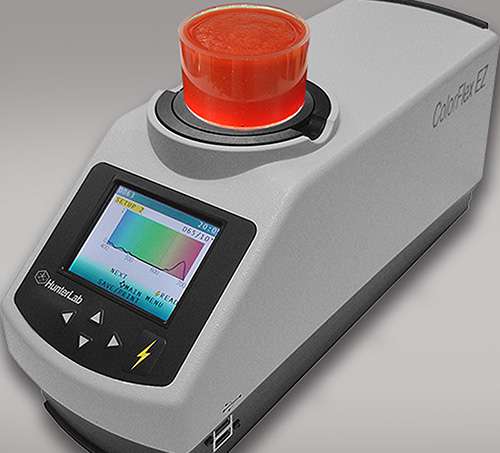Spectrophotometers improve the safety of countless items
Spectrophotometers are an example of one such light-based technology that is being celebrated this year. Spectrophotometers quantitatively measure the amount of light of a specific wavelength that is absorbed or transmitted. These instruments do so by using a lamp to provide a source of light that undergoes diffraction grating, separating the light into its component wavelengths. The grating is then rotated, thus enabling specific wavelengths to interact with the sample. A detector or photometer, then measures the absorbance or transmittance of the sample.
Based on the shape of the material’s absorption profile, this technique can be used to identify the presence of certain compounds, be they beneficial additives or chemical contaminants by observing changes in the absorbance profile. Visible wavelength spectrophotometers detect light absorbed in the visible spectrum and can be used to determine the color profile of a sample; however, UV and IR spectra can also be used to characterize the concentration of compounds within samples.
Here at HunterLab, our spectrophotometers are used by a variety of companies in the chemical, food, pharmaceutical, plastic, and textile industries. For example, our spectrophotometers are popularly used to carefully quantify the color of food items. Because the visualization of color using our spectrophotometers provides a close approximation to what the human eye or a consumer would see, industry specialists favor our instruments for product color quality control and color measurement. Similarly, companies in the pharmaceutical industry often use our spectrophotometers to quickly identify organic compounds, monitor highly controlled and necessarily specific reactions, and ensure the maintenance of unique colors after the manufacturing process.





